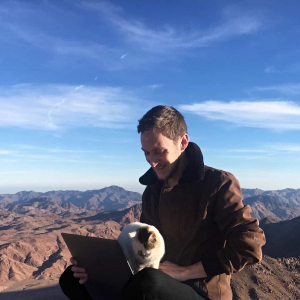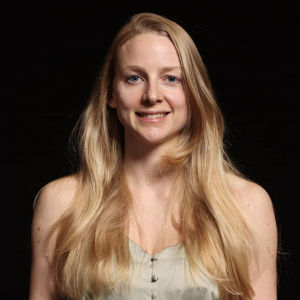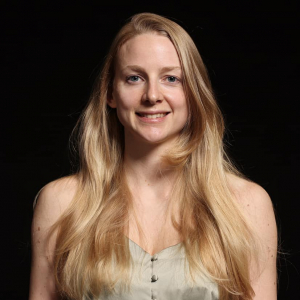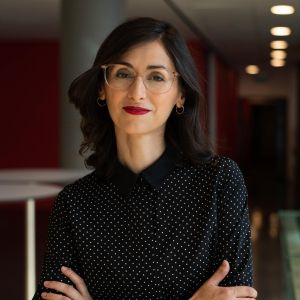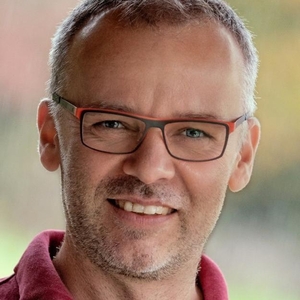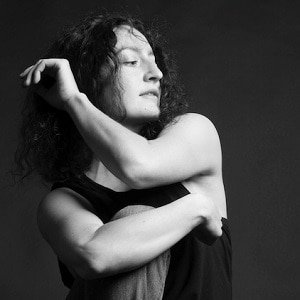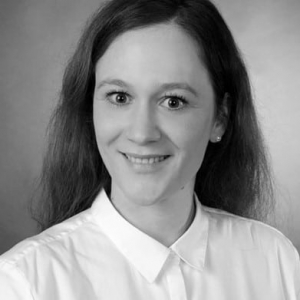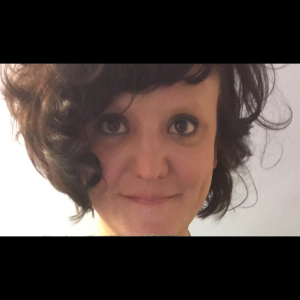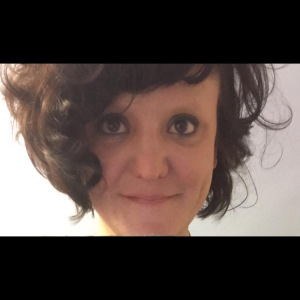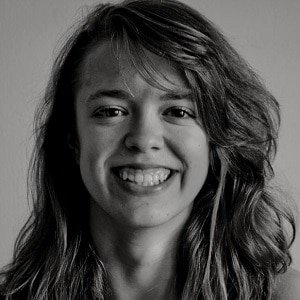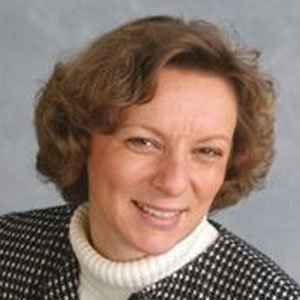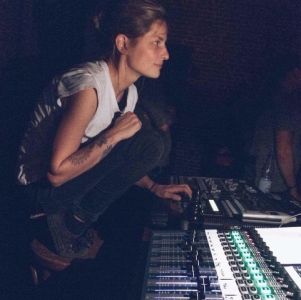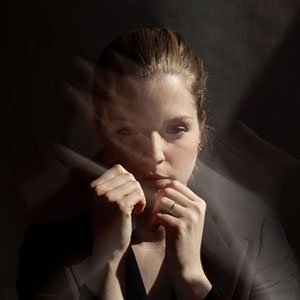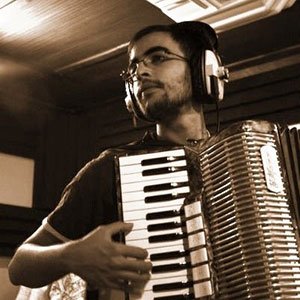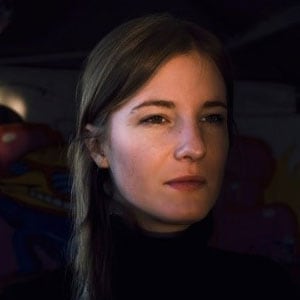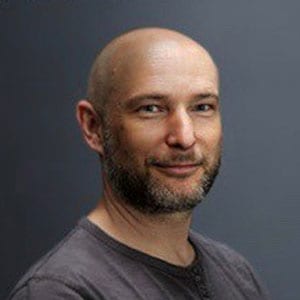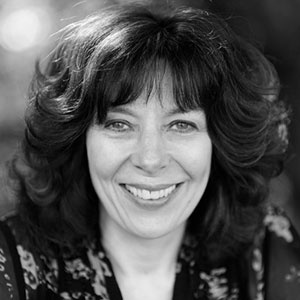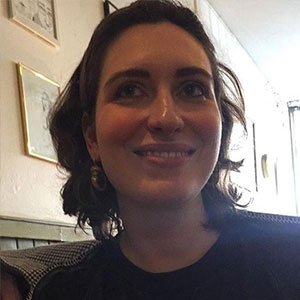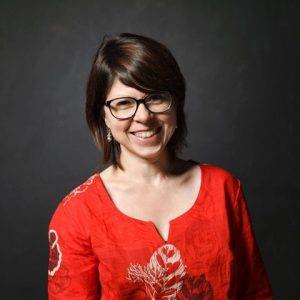LECTURE PERFORMANCE
Premiered at Lapsody Festival, TEAK, Helsinki Finland (2013).
Although we may not always notice their presence, diagrams are ubiquitous. More precisely, the diagrammatic, which far transcends the narrow category of image-text complexes usually designated as diagrams, can be understood as an irreplaceable function, perhaps even a condition, of all cognition and thinking. Most importantly, the diagrammatic is capable of creating syntheses between the sensible and the intelligible, thus producing spaces of experience and experimentation.
While this idea may have found its most poignant and influential expression in Charles Sanders Peirce’s notion of ‘diagrammatic reasoning’, even a relatively brief promenade through the history of philosophy, the sciences, the arts, etc., will yield a multitude of examples for the significance of diagrams. One could, to name but a few obvious examples, think of Plato’s analogy of the divided line, of maps and trees of all kinds, of atom models, of data visualisation charts, of tactics diagrams.
But given the context of this paper, it should be most interesting to take a closer look at the role that diagrams play in the arts. Of course the visual arts are always in a sense diagrammatic insofar as the point and the line constitute two of their principles. However, the true problem of diagrammaticity may be more glaring when it comes to the scores of music and dance – as we shall see, many artists especially during the past century had to face the question of how to record what conventional languages (including those of musical notation) could not describe.
In our presentation, we hence seek to map out ways in which the diagram, as a merger of thought and sensation, is a site of experience, experimentation, and creation. Itself a kind of diagram, the presentation is an experiment in the practices of diagrammaticity.
Please see publication for further information: ‘Dance and Philosophy: A Conversation’, in This and That: Essays on Live Art and
Performance Studies, edited by Annette Arlander (2014). 136-143.

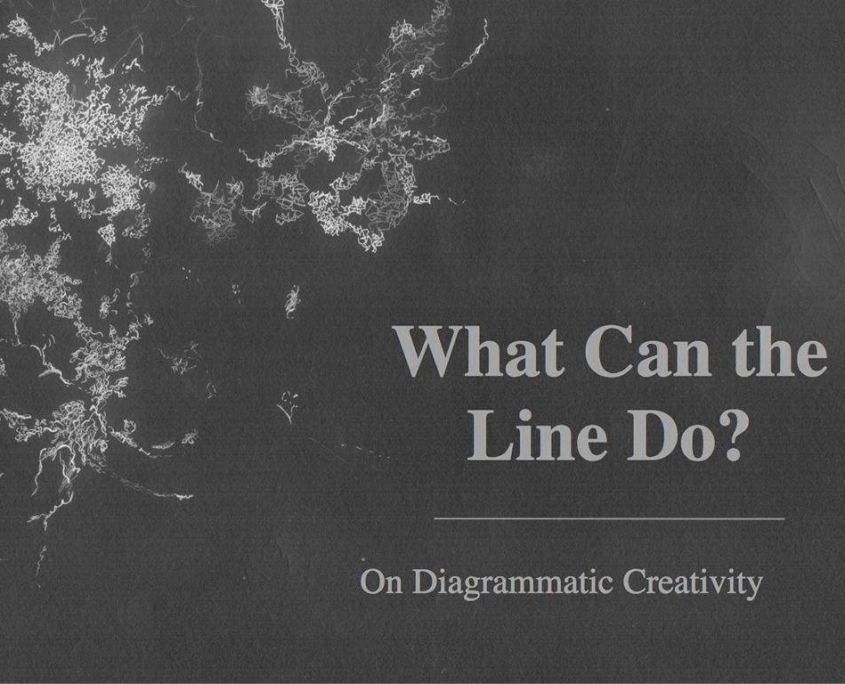







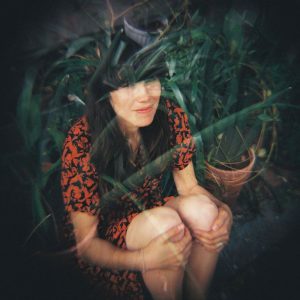



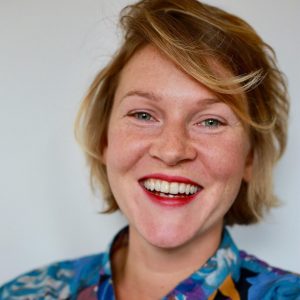
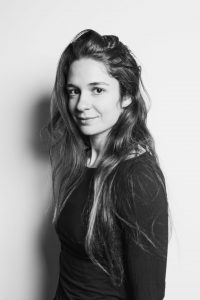

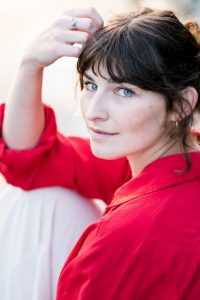
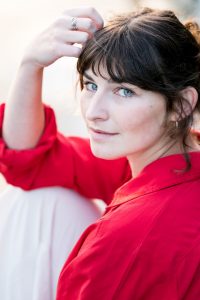

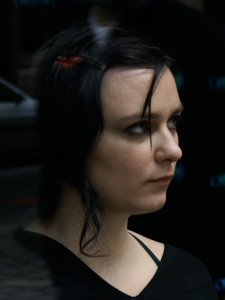



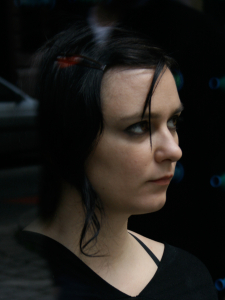


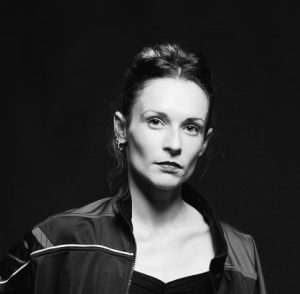 Lou begann im Alter von 5 Jahren in ihrer Heimatstadt zu tanzen. Im Jahr 2012 schloss sie sich dem Ballet Junior de Genève an, wo sie Werke von renommierten Choreografen wie Andonis Foniadakis oder Hofesh Schechter tanzte. 2016 schloss sie sich dem Kamea Dance Cie in Israel an, wo sie unter anderem Werke des Regisseurs Tamir Ginz, aber auch von Nacho Duato und Marco Goecke tanzte. Seit 2020 ist sie als Gasttänzerin am Grand Théâtre de Genève engagiert und arbeitet seitdem als freischaffende Tänzerin.
Lou begann im Alter von 5 Jahren in ihrer Heimatstadt zu tanzen. Im Jahr 2012 schloss sie sich dem Ballet Junior de Genève an, wo sie Werke von renommierten Choreografen wie Andonis Foniadakis oder Hofesh Schechter tanzte. 2016 schloss sie sich dem Kamea Dance Cie in Israel an, wo sie unter anderem Werke des Regisseurs Tamir Ginz, aber auch von Nacho Duato und Marco Goecke tanzte. Seit 2020 ist sie als Gasttänzerin am Grand Théâtre de Genève engagiert und arbeitet seitdem als freischaffende Tänzerin.

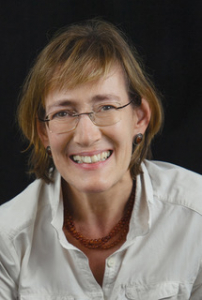
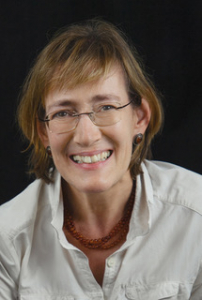
 Johanna Schmitt
Johanna Schmitt Johanna Schmitt
Johanna Schmitt